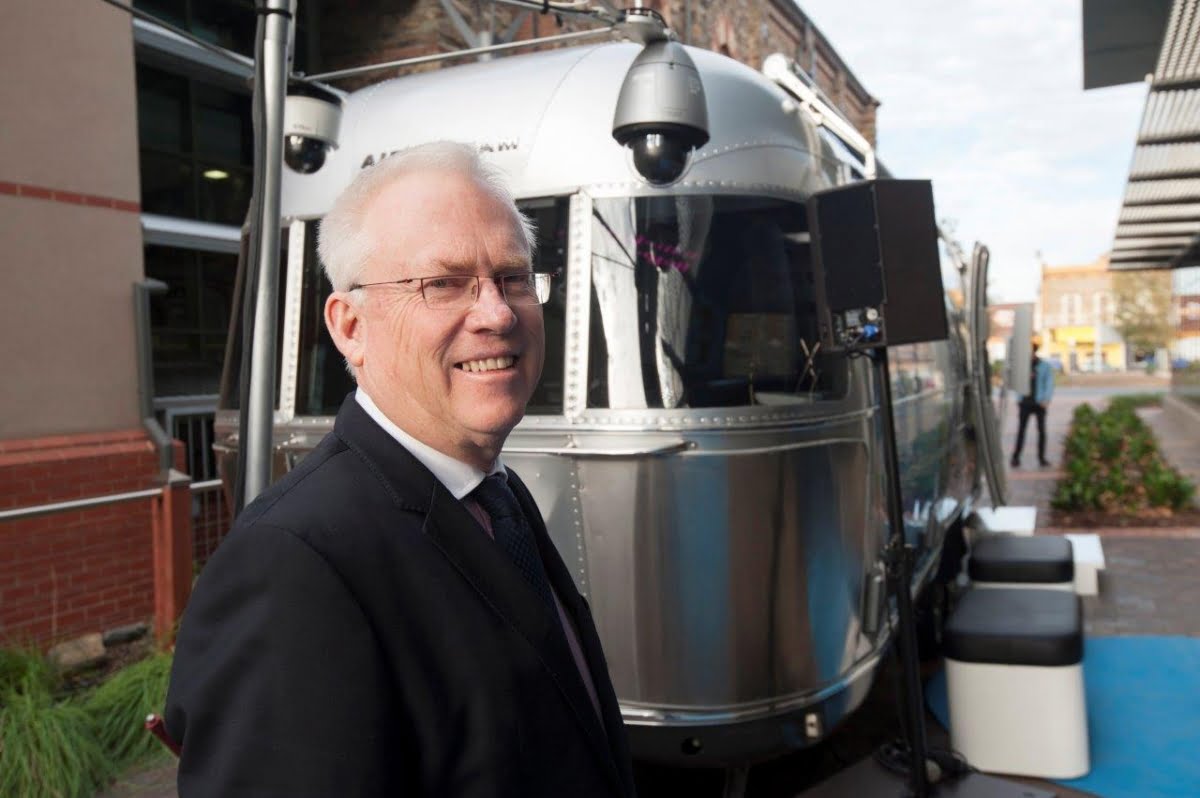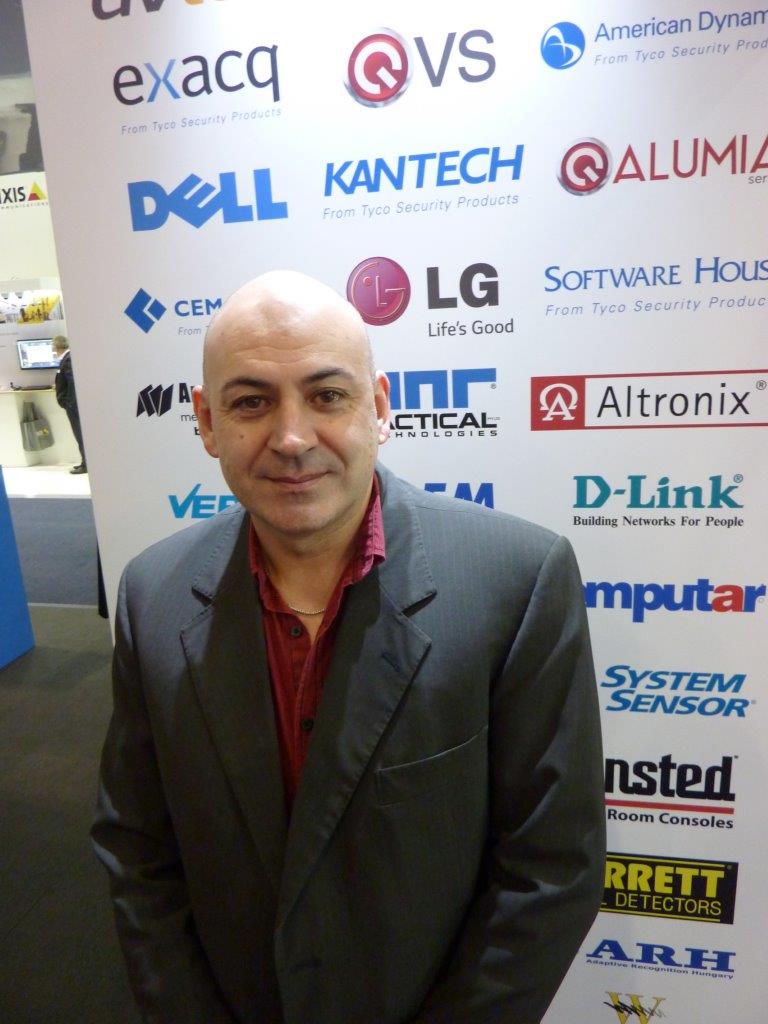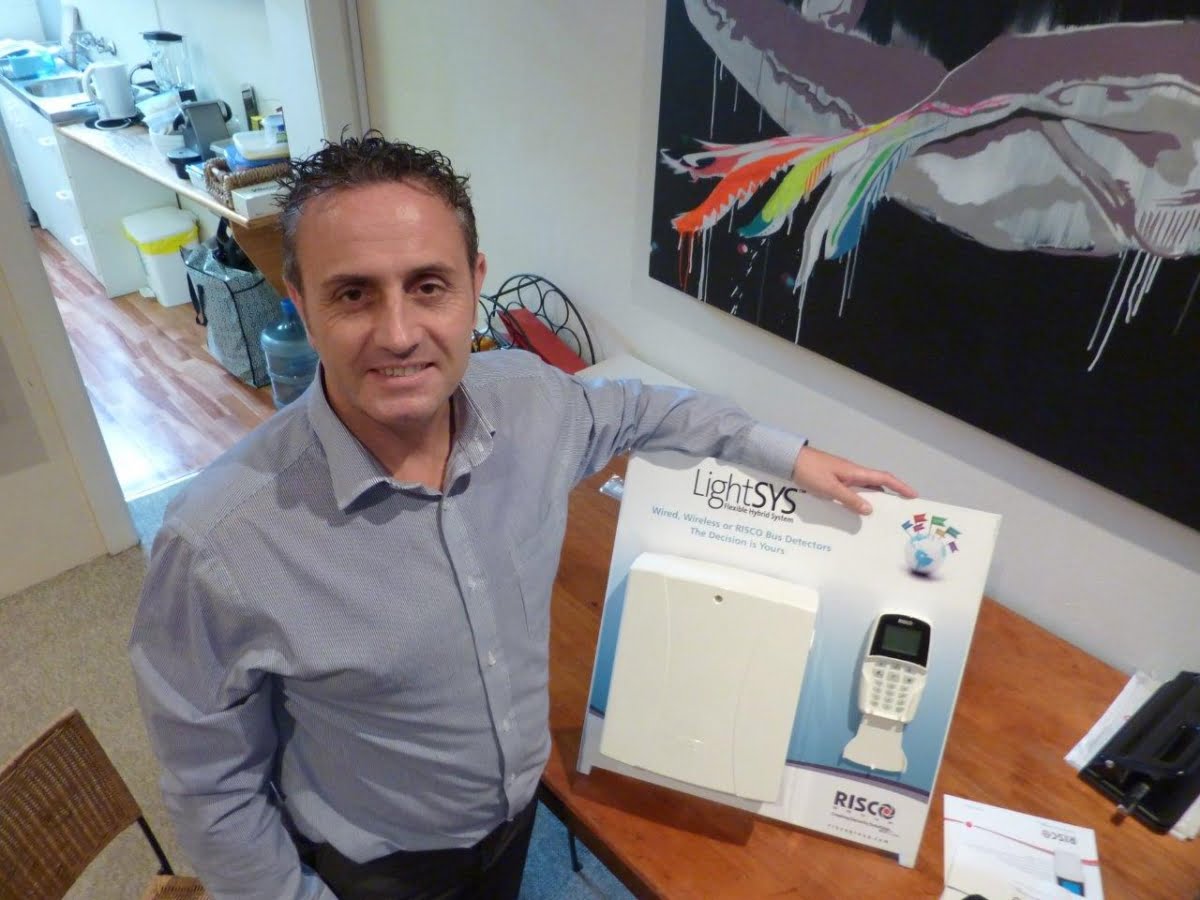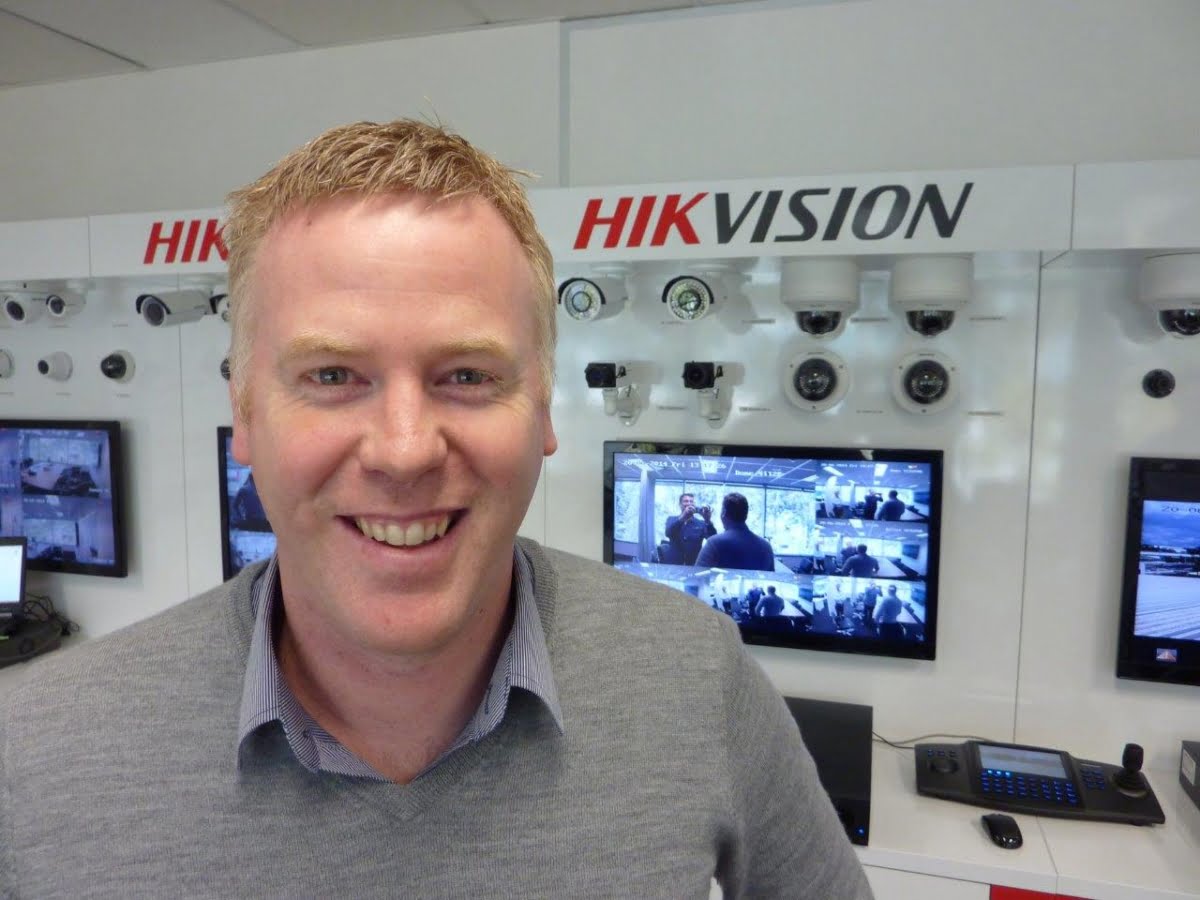The last financial year has been noteworthy from a local security business perspective with multiple acquisitions and plenty of heat around distribution agreements. But was it a growth year?
THERE’s not much doubt the last financial year was awash with acquisitions. Never has the local industry seen so much activity – with Hills taking on networking solutions OPS, Intek and others, Suretek buying NT Software, Allegion (formerly Ingersoll Rand) acquiring FSH, Ingram Micro breaking into physical security and Telstra buying into SNP Security. There’s been plenty going on in the global market, too.
Broadly, you can read a number of things into an acquisitive market. For a start it suggests many companies are holding large cash reserves. A wave of acquisitions could also suggest the market is peaking and businesses struggling to find real growth are buying market share.
While a run of acquisitions can suggest challenges ahead, in the Australian electronic security industry things seem stable. Our biggest player, Hills, is already strong in the technology space and is looking to expand in its core area – nothing to fear there. As for Telstra’s buy into SNP, it’s a move that makes a lot of sense for both companies and the same applies to the other key acquisitions we’ve seen this year.
Ingram Micro’s play in electronic security is more of an unknown. The company is an IT distribution powerhouse – the largest in the world – with enormous buying power. That Ingram Micro can reach IT integrators is beyond dispute. However, its establishment of a physical security division in Australia is something completely different and I think we’ll hear a lot more from Ingram over the next 12 months.

Ted Pretty, CEO, Hills
Other noteworthy developments include the change of management at QSS, with Rob Rosa, former GM of Pacific Communications taking up the reins with great energy. CSD has also done well, taking on exclusive distribution of Hikvision and Avigilon.
While it’s been a busy year for businesses, has it been a profitable year? We asked a bunch of companies how they found the financial year just gone June 30 – had they seen growth? What did they expect in FY2014?
According to Hills MD Ted Pretty, the company’s research suggested the Australian market was worth around $A3.6bn for security and fire ($2.1bn being intrusion and access) and he said the expected annual growth between 2014-2019 is estimated to be 1.4 per cent in revenues. The estimated industry profit is $A345m.
“However, we estimate that masked in that number are growth rates for video at 9 per cent, access control at 7 per cent, building automation at 4 per cent and most interestingly; growth in security managed by mobile device at 9 per cent,” Pretty says.
“Retail, home and office are still the user growth markets followed by hospitals.”
Pretty points out that strong unit growth was being moderated by steep price declines and that gross margins are under pressure due to technology and cost shifts.
“But the interesting data fact for the security industry is to recognize what is happening in adjacencies as they will drive change in security,” Pretty explains.
“For example, this growth in legacy security devices is being outstripped by growth in mobile devices (tablets and mobiles 12-18 per cent) and cloud services at around 25 per cent.”
Pretty identifies macro industry trends including the expansion of definition of security to include physical, information, risk management, compliance, disaster recovery and privacy, as well as the convergence of information security and physical networks.
Pretty also points out the move of global tech players into security including Google, Apple, Microsoft (Google’s acquisition of Nest and Nest’s foray into home security with Dropcam), and the entry of IT distribution and integrators players into security (Ingram Micro)
“In Australia we are also seeing cross broader distribution and an increase in the grey market,” Pretty says.
According to CSD’s national sales manager, Peter Grimshaw, generally speaking the security industry in Australia has been static for a number of years.
“However CSD has experienced continued solid growth over the past 12 months, especially in the IP CCTV and integrated access control market,” Grimshaw explains. “The domestic market is also seeing signs of improvement with alarm system sales far exceeding same time last year results.
“More significantly there are changes underway in the security wholesale and distribution sector whereby a number of wholesalers are changing their channel to market by means of branch and delivery consolidation. We have already begun to see this in a number of states. CSD will be maintaining its traditional channels to market.
“We believe that the continued product diversity in the security industry is playing a significant role in the continued growth of our industry,” Grimshaw says. “More project work is being quoted and won and there is most definitely a very positive and enthusiastic attitude as we head into 2014.
“In summing up the next 12 months, we expect to see continued growth across all of our product segments and are very much looking forward to the opportunities ahead.”

Rob Rosa, COO, QSS
Rob Rosa, COO, Q Security Systems says QSS has had a strong 12 month trading and is very happy with its growth path.
“We have added some new vendors/manufacturers to our product portfolio and have exited others,” Rosa says. “Our performance is about growth and product strategy along with value adds such as training and Professional Services. The next 12 months for QSS is exciting we have one more major announcement to make this year and then it truly is about consolidating and growing our market share using good old customer service and basic 101 sales.
“In summing up the next 12 months, we expect to see continued growth across all of our product segments and are very much looking forward to the opportunities ahead”
“We see that as respect your clients and always go the extra mile, keep products on the shelf, fast turnaround times on repair and warranty items, training and product development facilities being used to the max and the launch of our Q Professional Services model. My prediction for QSS in 2014–2015 is positive – we have some aggressive growth targets we want to achieve.”
Tyco says it has seen steady growth across brands over the last 12 months and believes the company will see this continuing into 2014, especially with new product releases across intrusion (POwerSeries NEO), access control (Emerald touch screen readers) and CCTV (Victor unified video management system).
Meanwhile, Honeywell Australia’s John Gellel says there has been a very nominal growth at an industry level for video surveillance over the past 12 months.
“However, if we break up the segments into analogue and IP surveillance then it is easier to recognize that IP surveillance is growing in double digits and will continue to post strong growth in the market place where as analogue will be declining consistently. HD-SDI is another new trend which is cannibalising the analogue segment.
According to EOS Australia’s Tooma Chong, over the past 12 months growth in network surveillance has been significant and he believes performance is measured to be consistent for next 12 months as well. Chong says new HD-SDI technology will bring new vibe in the electronic security business in 2014.
Vivotek also sees growth over the next 12 months thanks to rising security concerns due to the theft, burglary and terrorist attacks. Vivotek also believes advances in technologies like improved network communications, high standard video quality, business intelligence applications are also driving demand.
“Looking forward to 2014, VIVOTEK is to create more adding value and increase return on investment for customers for sustaining the corporate development and competitiveness,” says the company.
At OPS Kobi Ben Shabat says growth for next 12 months will be very good compared to the IT market’s general growth.
“Having said that, the estimate of few research companies is that we should see a small decrease in security market growth over the next 12-24 months. Nevertheless, we feel that the growth opportunity in the IP Video and IP access control market is still strong with a growing demand for upgrade of old systems.”

Tim Prag, Risco
Meanwhile at Risco, Tim Prag says the market is growing and more important, it is changing.
“If in the past hybrid control panels had the lion’s share of the market, we see more and more demand for advanced systems with cloud-based functionality and added value services to the end users like controlling the system with their Smartphone App, seeing images upon events as well as live video upon event or on demand. The market is becoming more demanding and requires advanced capabilities.”
Bosch Security Systems, James Layton says the number of new intrusion panel installations has slightly declined in the last year.
“We believe this relates to a movement towards more advanced technologies, such as CCTV, which is now at a lower cost; and general uncertainty on the back of technology changes like DSL Naked connections and the National Broadband Network.”
Writing before the SNP/Telstra announcement, Layton showed prescience.
“Telecommunications providers have started to look closely at the OTT (over the top) services that go on to their connections, and it’s likely in the future that they may look to enter this space as solution providers – one man on your doorstep can offer you television, telephone, internet, and security.”
According to Bosch video systems product manager Steve Malesevic, the last 12 months has been a challenge.
“But we are already seeing improved growth in 2014,” he says. “With a focussed sales team and business development taking us in new directions, we are looking forward to more sustained growth in 2014. Things are looking good for Bosch for the next 12 months.”
Steve Charles of Sony Australia says the company has seen a significant increase in its business over the past 12 months.
“We believe this is a combination of past efforts in our marketing and advertising campaigns and the aggressiveness of our distribution partners,” Charles says. “The release of our Generation 6 line has set the market benchmark in both performance and reliability for others to follow.
“Over the course of the next 12 months our belief is the market will continue to climb as confidence in the construction and infra-structure sectors increases – NSW seems to be the state most likely to lead this growth.”
Senstar says it has seen significant general growth across most product lines in the last 12 months in addition to some major project wins globally.
“It has been refreshing to see the number of system integrators recognising the need to maintain and grow their technical skills in their teams,” the company says. “We are also seeing a greater awareness and subsequent addressing of the merging or blurring of the physical and cyber security realms given how drastically they can impact on one another.”
Meanwhile, FLIR’s Peter De Ieso says the FLIR business is growing fast due to the constant new technologies the company are releasing.
“In the beginning, FLIR was selling cameras that cost over $100,000 and this year we will sell a thermal camera for under a thousand dollars,” De Ieso says.
“I’m excited by the prospect of lower cost, higher volume products because it means more people will benefit from the power of thermal imaging over the next 12 months.”
Yunus Mamoniat of Comnet says the company has seen substantial growth in the region from standard security CCTV installations to sophisticated and challenging infrastructure projects covering rail, road, mining and utility/power markets that requires robust transmission. According to Mamoniat, further growth is projected from the critical infrastructure industry as the region embarks on investing in the upgrade of its network.
Access control and locking specialist Kaba has also seen growth over the 12 months.
“Our electronic security business has been on the increase in recent years and this year has been no exception,” says Kaba’s Nicole Richardson. “We cannot imagine this upwards trend ending any time soon with Australia businesses adopting this type of security at a rapid rate.”

Tony Lagan, Hikvision
Over at Hikvision, Tony Lagan says he thinks the market in general has shown signs of recovery and there seem to be a lot more discussions about upcoming projects.
“But there is no doubt that the market over the last 12 months has been exceptionally competitive and thankfully from Hikvision’s perspective we have seen exceptional growth,” says Lagan. “We put this down in part to an exceptional range of products as well as to the great support and focus of our distributor, Central Security Distribution. They have also benefited greatly from the growth and emergence of Hikvision as a major player in the Australian market.
“I think the next 12 months will see the market continue to cautiously recover and grow,” Lagan says. “Hikvision is very well positioned as a brand as we are producing some quality product at very competitive prices. With the release of the 4-Line series of cameras we will be able to offer a product capable of easily matching the industry’s big boys at a price end users are most willing to pay.”










